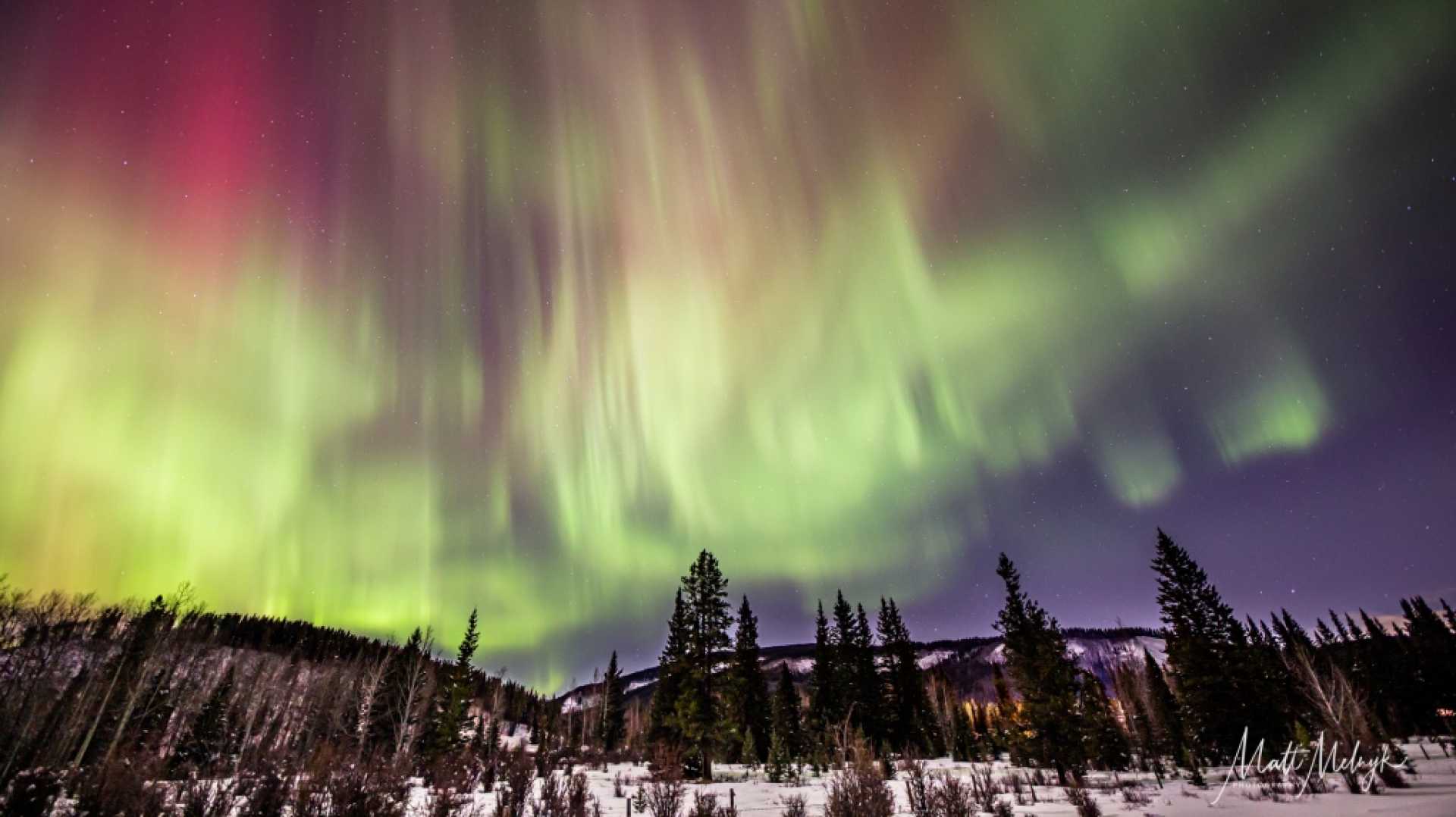News
Northern Lights Illuminate Saskatchewan and Ottawa Skies Amid Solar Storm Activity

Star gazers across Saskatchewan experienced a remarkable display of the Aurora Borealis the night of October 7, 2024, as a solar storm impacted the northern hemisphere. From Meadow Lake to Ogema, observers witnessed vibrant colors illuminating the night sky, capturing images and sharing them with media outlets and on social media platforms.
Reports from the National Oceanic Atmospheric Administration (NOAA) indicated geomagnetic storm watches commencing on October 3, following two significant coronal mass ejections (CMEs) from the sun. These CMEs, large explosions near the sun’s photosphere, are responsible for blasting plasma and magnetic particles into space, which, when interacting with Earth’s magnetic field, give rise to the spectacular auroras known as the Northern Lights.
The recent activity follows a pattern consistent with the increasing sunspot activity characteristic of the current 11-year solar cycle. According to NOAA forecasts, solar activity is expected to peak between 2025 and 2026. The agency classified the solar storm activity as G2 (moderate) for the period of October 6 to 7, 2024, though they extended watches through October 8 with a G3 (strong) warning.
Meanwhile, in Ottawa, residents also reported an extraordinary view of the Northern Lights, visible throughout the region late Monday and into Tuesday. CTV Ottawa viewers shared multiple photos capturing the vibrant auroras seen over landmarks such as Britannia Park and Petrie Island during the early morning hours.
NOAA explains that these phenomena occur when the charged particles from CMEs collide with Earth’s magnetic fields at the poles, resulting in vivid light displays. The forecast suggested the auroras would remain visible further north from eastern Ontario through the subsequent nights.












